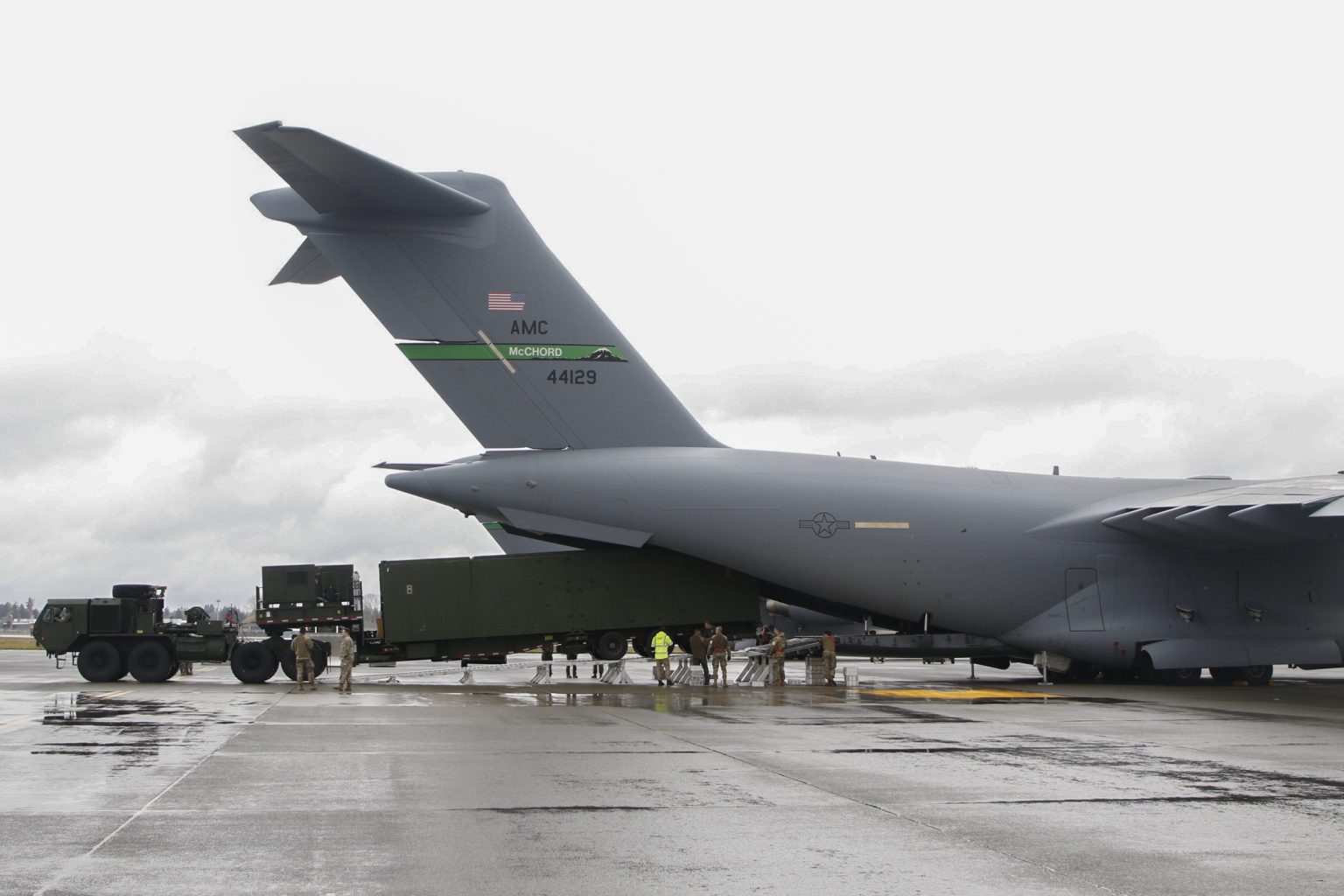The United States has strategically repositioned a Mid-Range Capability (MRC), or Typhon, missile system within the Philippines, sparking renewed debate concerning regional security dynamics, particularly with China. Initially deployed at Laoag airfield on the island of Luzon for drills last spring, the system’s presence was later extended indefinitely. This decision was met with strong opposition from China, which has ongoing territorial disputes with the Philippines in the South China Sea. The recent relocation, confirmed by both U.S. and Philippine authorities, has added another layer of complexity to the situation. While the specific new location remains undisclosed, the move underscores the dynamic nature of the U.S. military presence in the region and its commitment to bolstering the defense capabilities of its allies.
The Typhon missile system, capable of firing both Tomahawk cruise missiles and Standard Missile 6 interceptors, represents a significant enhancement to the Philippines’ defensive posture. The Tomahawk, with a range of 1,000 miles, can strike targets at sea and on land, potentially reaching eastern and southern China from its previous location at Laoag. The Standard Missile 6, with a range of 290 miles, provides robust anti-air and anti-surface capabilities. This combination of offensive and defensive capabilities makes the Typhon a versatile asset in a region characterized by complex maritime territorial disputes and growing military competition. However, it is this very capability that has drawn criticism from China, which perceives the deployment as a destabilizing factor.
The relocation of the Typhon system is part of a broader strategy aimed at enhancing its survivability and operational flexibility. By shifting the system’s position, the U.S. military aims to complicate any potential adversary’s targeting efforts, making it a more resilient component of the defense architecture. Furthermore, the move allows for testing the system’s mobility, a crucial factor in its effectiveness in a rapidly evolving security environment. This mobility exercise is seen as a practical demonstration of the system’s ability to be rapidly redeployed to different firing positions, enhancing its responsiveness to potential threats.
The relocation process, as evidenced by satellite imagery, involved the utilization of a U.S. Air Force C-17 cargo plane at Laoag airfield. Satellite images captured the presence of the C-17 as early as December 30, 2023, and subsequent imagery from January 8, 2024, confirmed the absence of the missile system from its original location. This swift and coordinated relocation demonstrates the logistical capabilities of the U.S. military and its commitment to seamlessly reposition assets as strategic needs dictate. While U.S. Indo-Pacific Command confirmed the relocation, it refrained from disclosing the new location, emphasizing that the move does not imply a permanent stationing of the Typhon system in the Philippines.
The deployment of the Typhon missile system and its subsequent relocation serve as a focal point for ongoing tensions between the U.S. and China in the Indo-Pacific region. China has repeatedly voiced its concerns regarding the deployment, characterizing the Typhon as a strategic offensive weapon and its presence in the Philippines as a “highly dangerous move.” This rhetoric reflects China’s broader anxieties about the strengthening of U.S. alliances in the region and the potential for these alliances to challenge China’s growing military power. The U.S., on the other hand, maintains that the deployment is purely defensive in nature and intended to bolster the security of its allies in the face of increasing regional threats.
The future of the Typhon missile system’s deployment in the Philippines remains uncertain. While the system’s participation in the upcoming bilateral exercise Salaknib has been confirmed, its long-term presence and the possibility of live-fire tests are yet to be determined. The ongoing dialogue between the U.S. and the Philippines, coupled with China’s strong reactions, suggests that the issue will continue to be a significant factor in shaping the region’s security dynamics. The deployment of the Typhon missile system, intended to deter potential aggression and enhance regional stability, has inadvertently become a catalyst for increased tensions, underscoring the delicate balance of power in the Indo-Pacific and the complex interplay of strategic interests among the key players.

